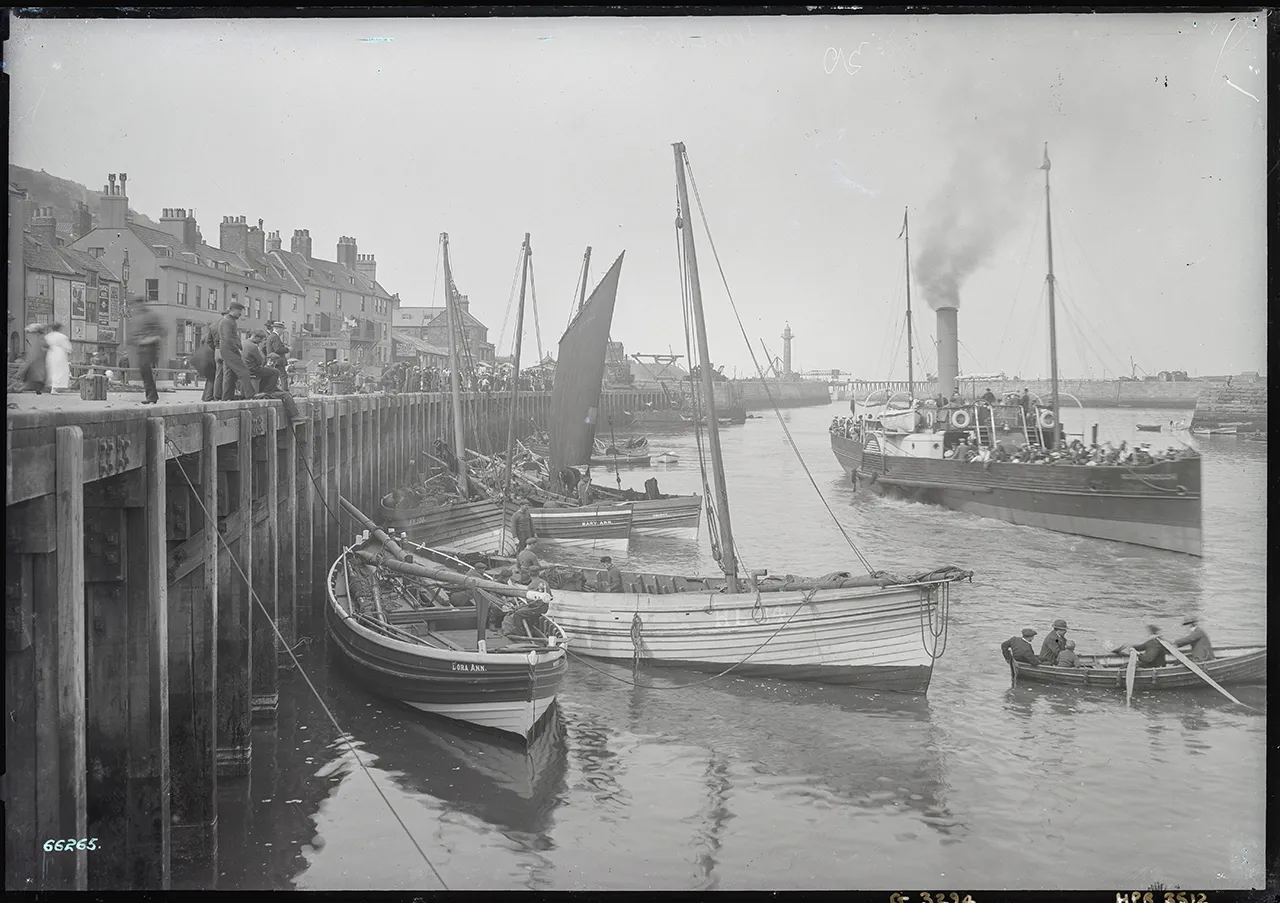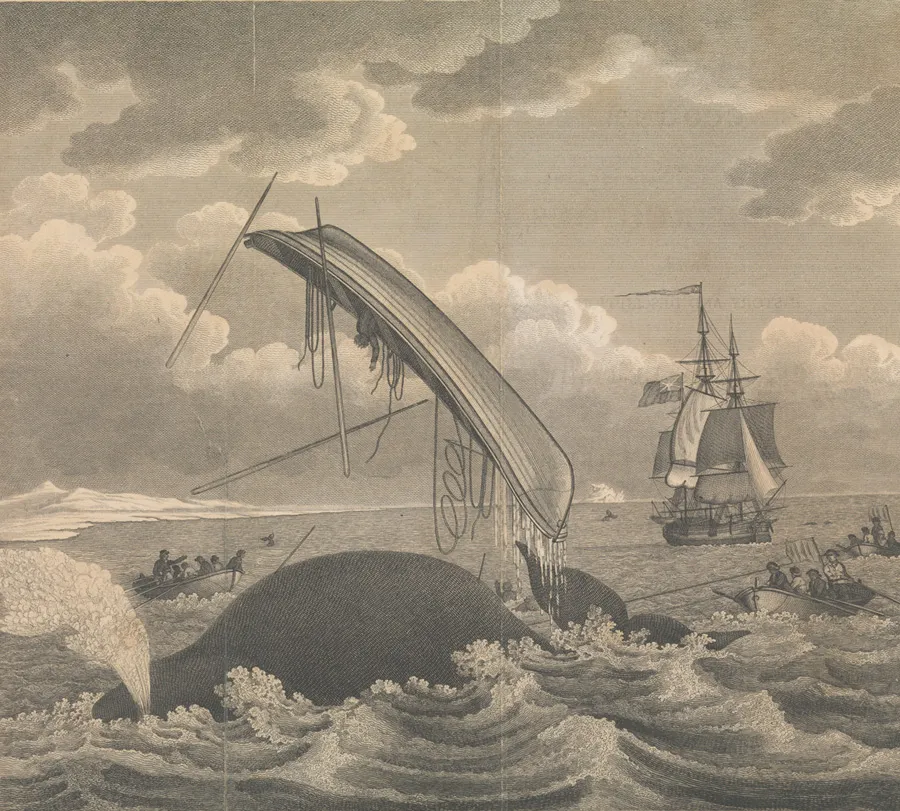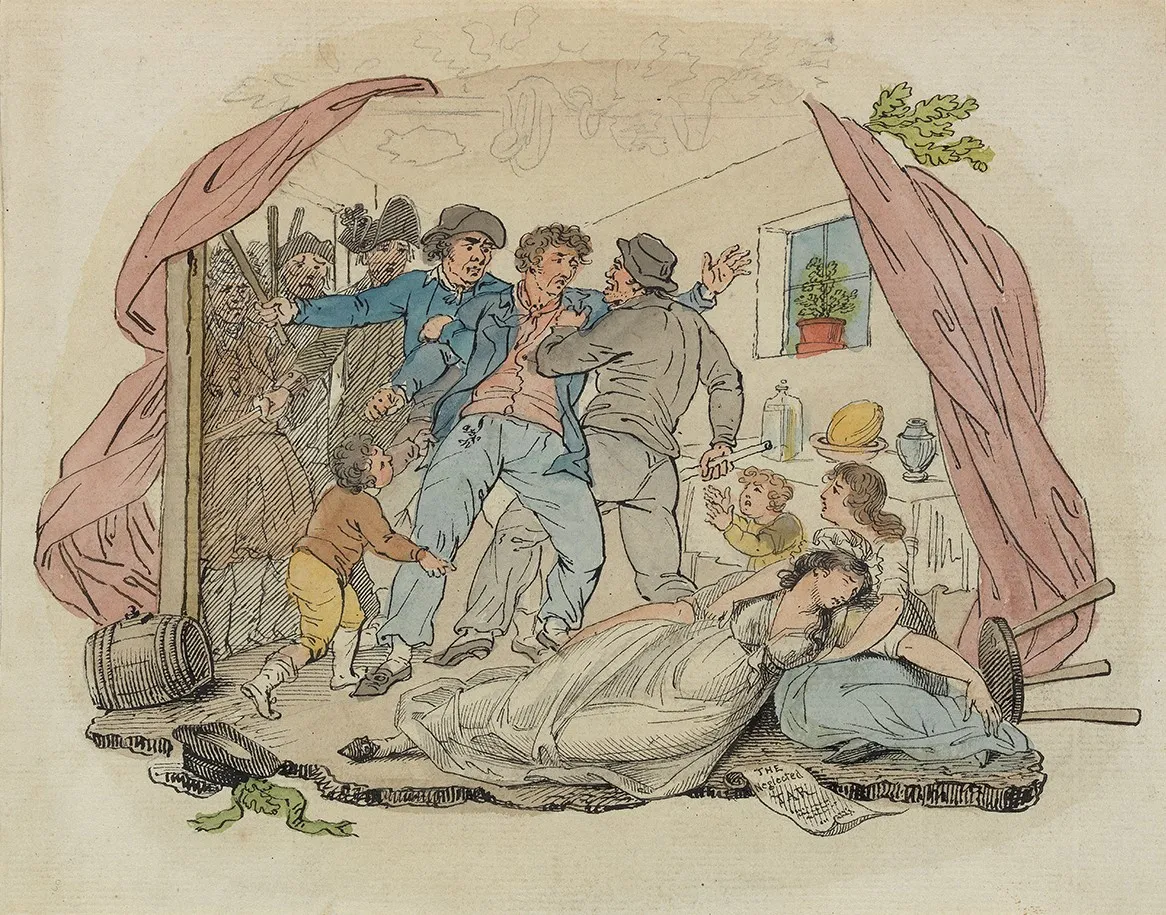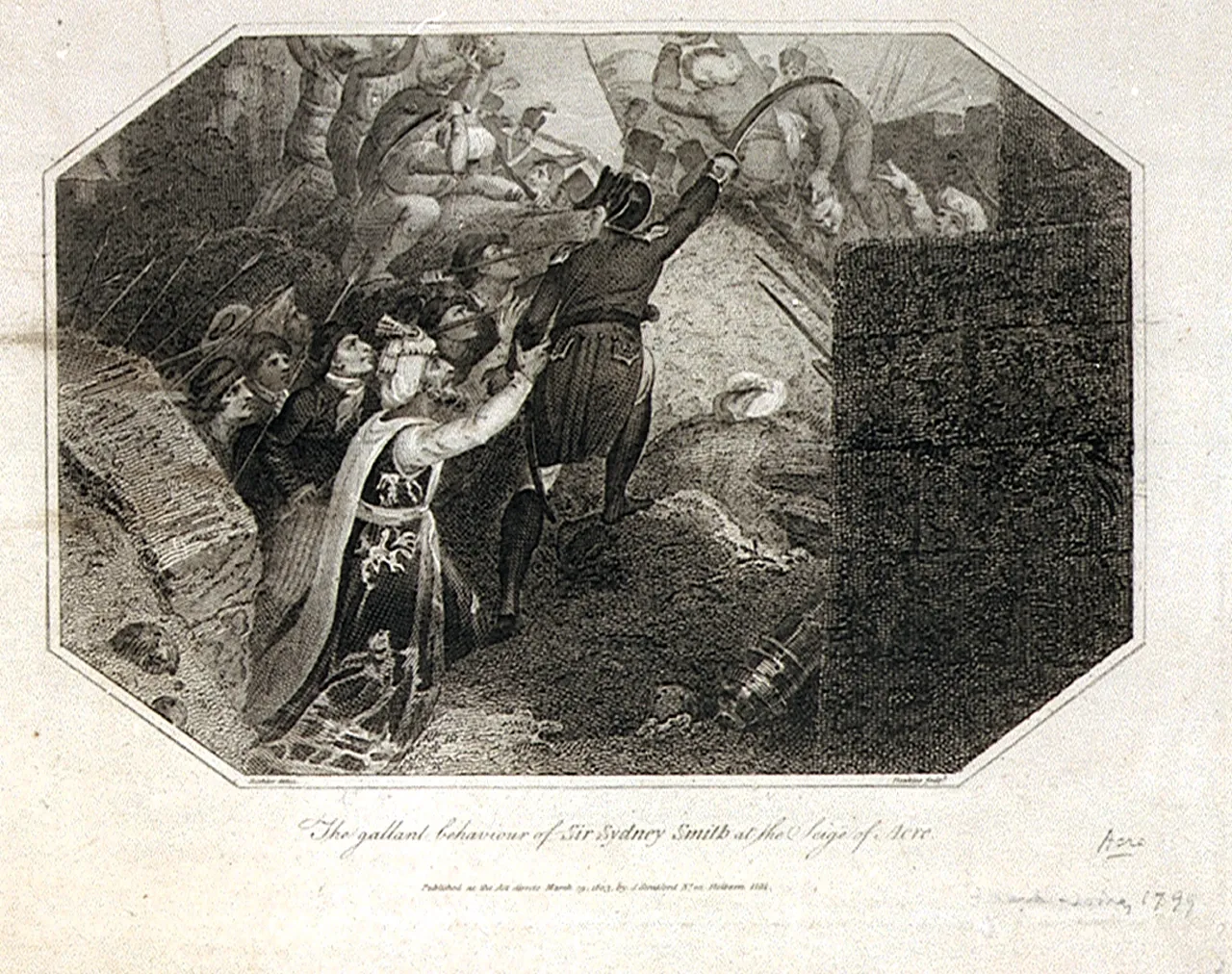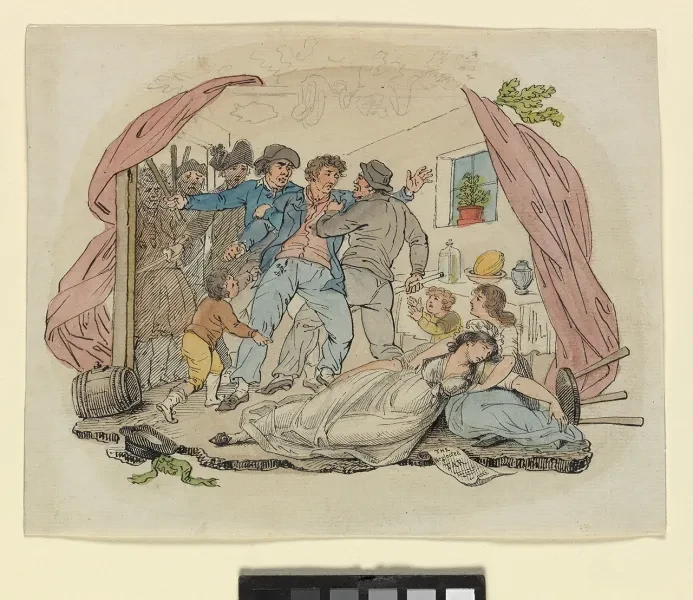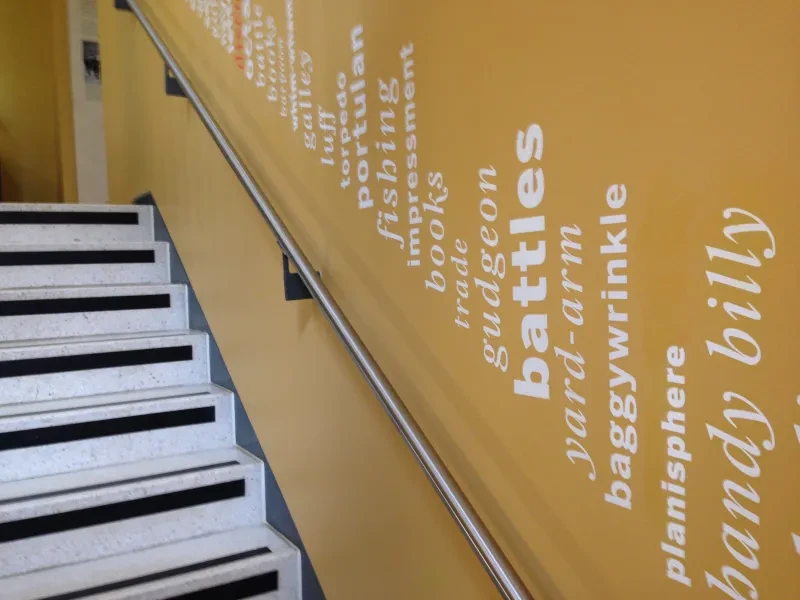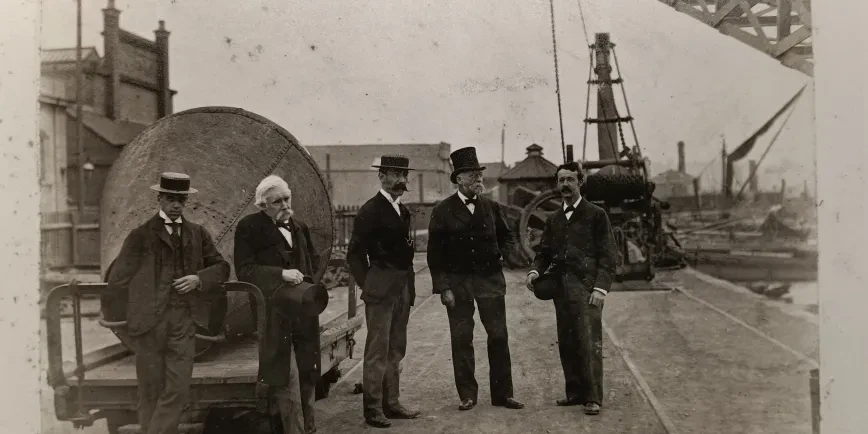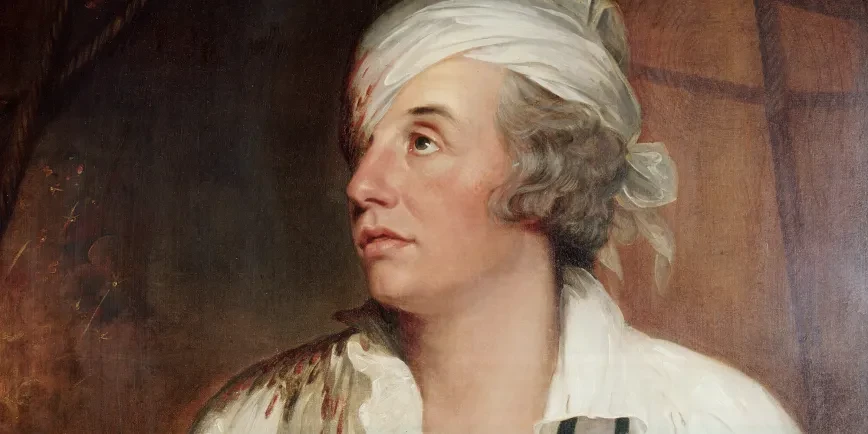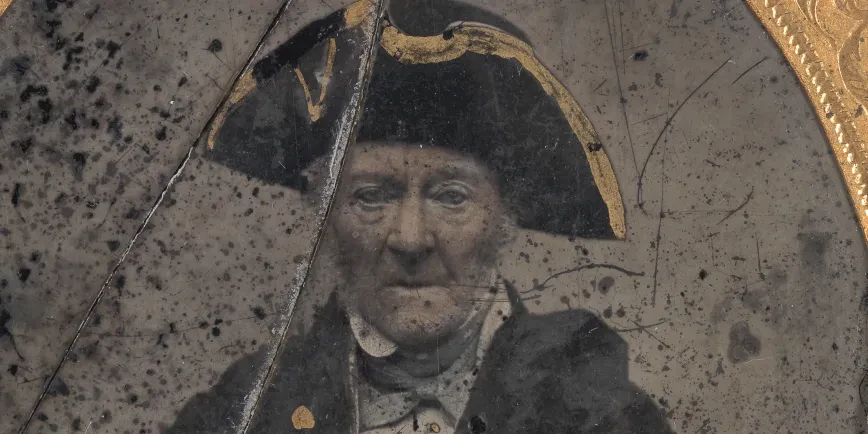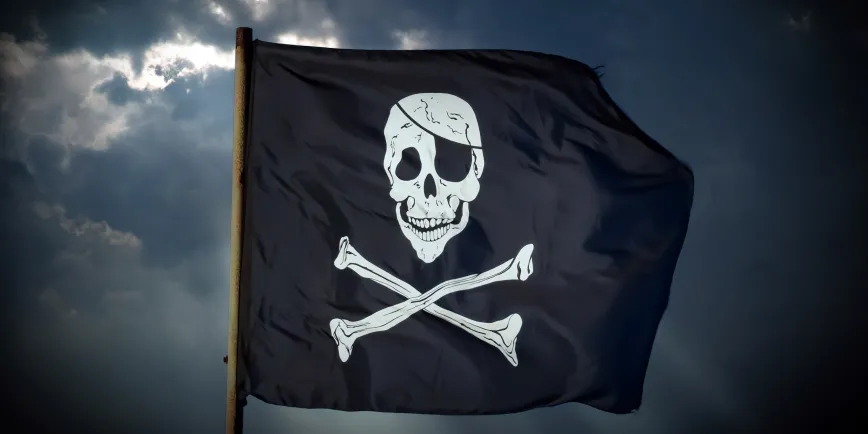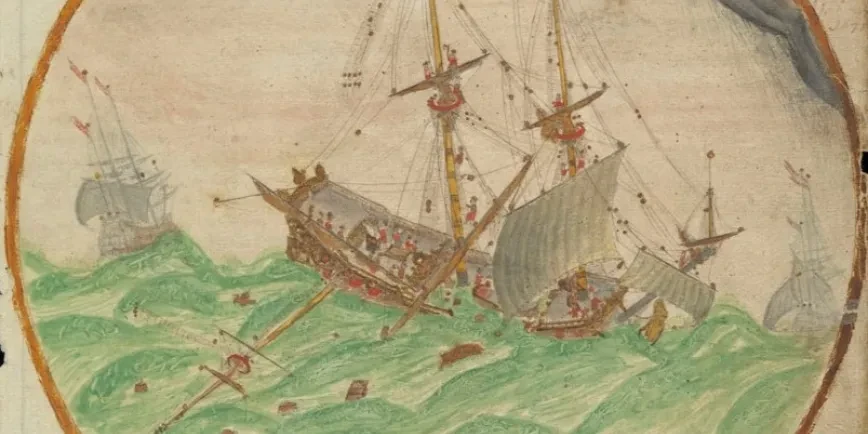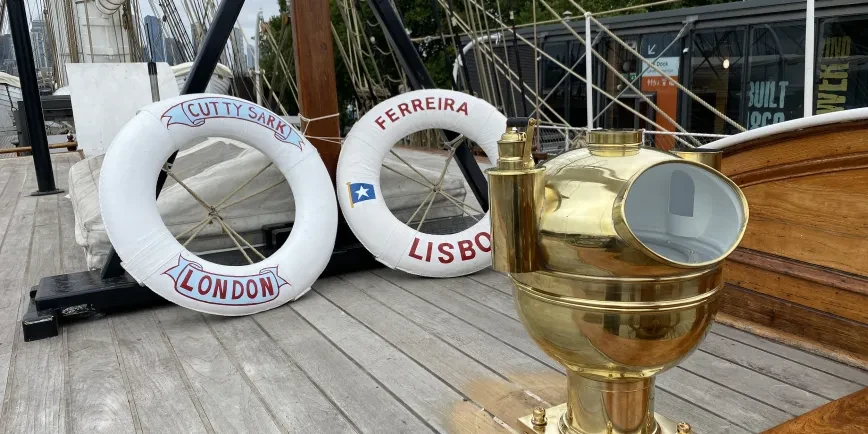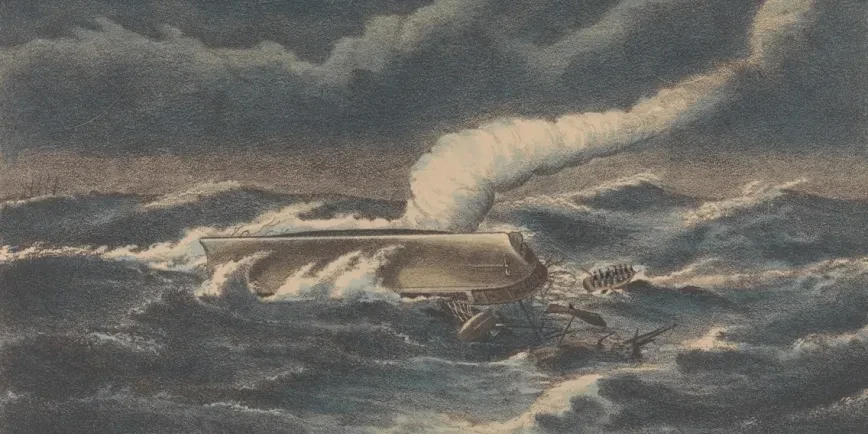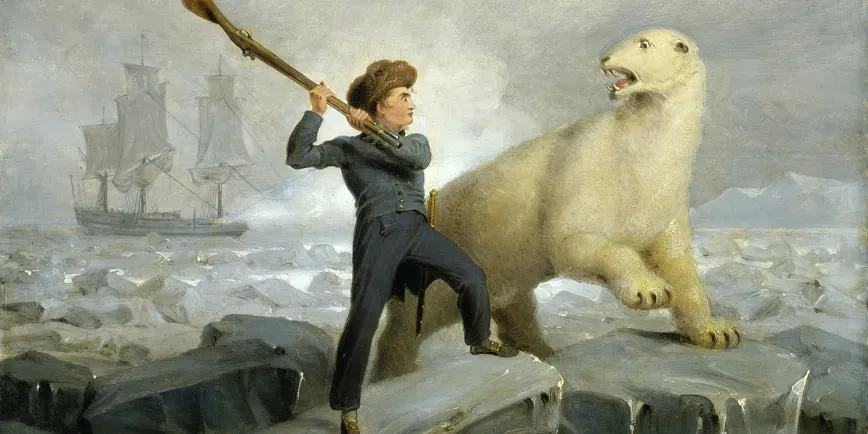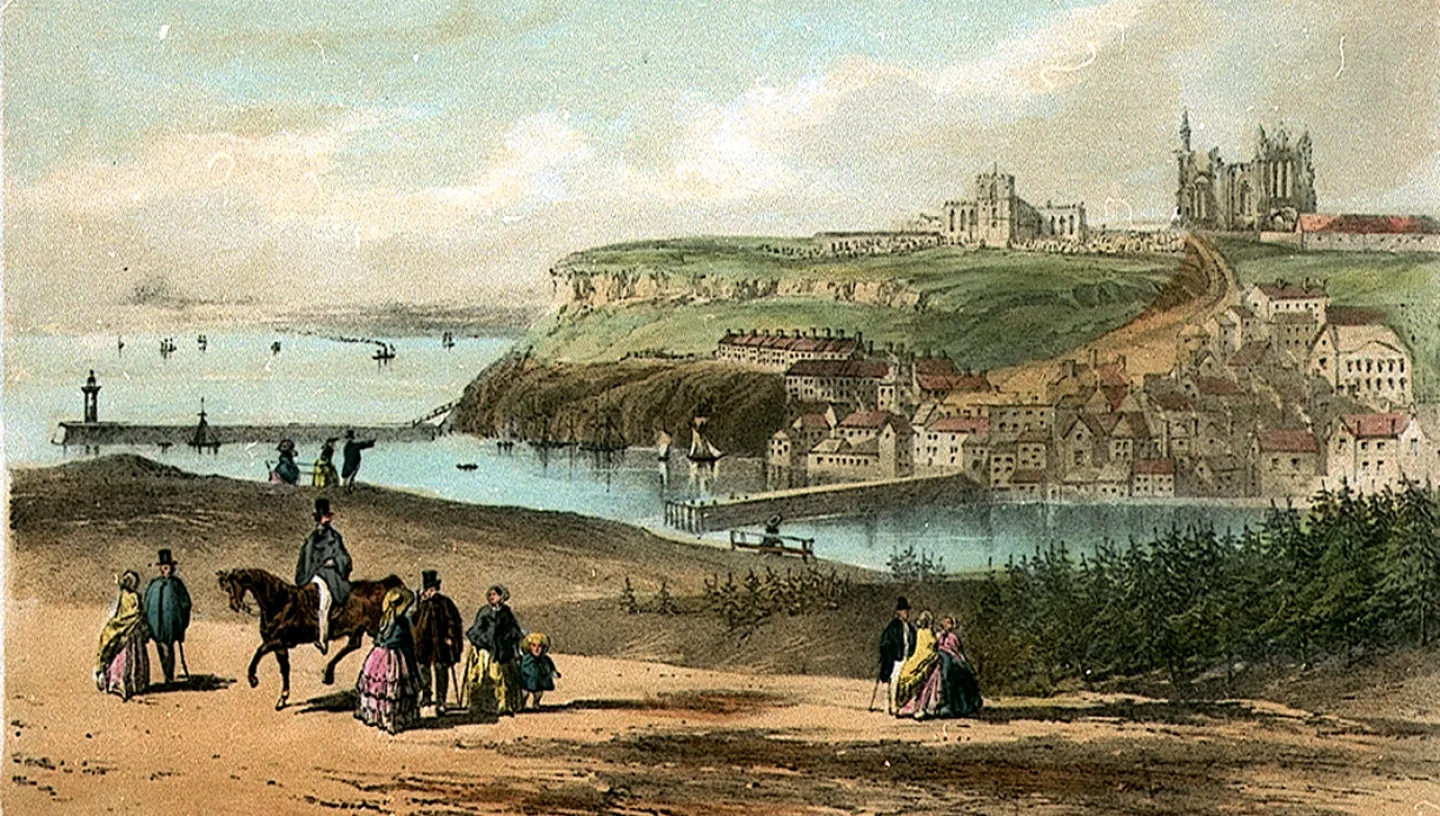
How a reading of a Victorian novel led to research into contemporary maritime themes and an exploration of our collections.
The story of Sylvia's Lovers
I am a fan of nineteenth century literature, but only recently read for the first time Sylvia’s Lovers by Elizabeth Gaskell. Published in 1863, it was Gaskell’s last completed and only historical novel.
Elizabeth Cleghorn Gaskell (1810-1865), probably best known for Cranford (1853), wrote eight full-length novels along with many shorter works often dealing with contemporary social issues.
Gaskell herself had multiple maritime connections. Her grandfather was a naval captain, along with two of her uncles, and her brother, also a sailor, had disappeared en route to India in 1828. He possibly died at sea, but his fate was never known.
Sylvia’s Lovers is set in Whitby, Yorkshire in 1796 during the Napoleonic Wars. But the novel very much explores the contemporary class tensions of the 1860s through the love triangle between Sylvia Robson, her devoted cousin Philip Hepburn and Charlie Kinraid, a dashing harpooner or “specksioneer”, to whom Sylvia is engaged.
Charlie is pressganged (forced to join the Royal Navy) just before returning to sea. Philip is a witness to this but does not tell Sylvia. When Charlie fails to return, Sylvia assumes he is drowned and marries Philip. Charlie then reappears and chaos descends, with several unexpected twists.
I really enjoyed the novel and was keen to see what our collections held on the location and themes explored.
Whitby and whaling
Gaskell travelled to Whitby in 1859 for the health of her daughter and to gather material for her planned novel. This photograph was taken a few years after her visit.
Whitby (renamed Monkshaven in the novel) is in North Yorkshire, at the mouth of the River Esk, and is where Captain Cook (1728-1779) first learnt seamanship, having been taken on there as a merchant navy apprentice in 1746.
Endeavour, upon which Cook made his first voyage of discovery (1768-1771), was built by Fishburne of Whitby. Launched in 1764 as the collier Earl of Pembroke, Endeavour was then purchased by the Royal Navy and re-equipped for a scientific mission.
Whitby had had a long tradition of shipbuilding, but became highly important in this trade from the late eighteenth century, producing everything from timber ships and emigrant vessels to whalers. By this time, Whitby was by this time the dominant whaling port in the North-East.
The father of William Scoresby (1789-1857) made a fortune from Whitby whaling, and William made his first voyage with his father when he was 11, around the time the novel is set. William went on to become chief officer of the Whitby whaler Resolution, killing 249 whales over ten successive voyages. Indeed, it is Resolution that arrives back in Whitby at the start of Sylvia’s Lovers.
Scoresby went on to become a noted Arctic explorer, combining whale-hunting with his quests for scientific knowledge. Whaling could be a very dangerous business, as this frontispiece from his Account of the Arctic Regions (1820) shows.
We hold the following titles in our Library collection:
- The Arctic whaling journals of William Scorseby the Younger, Vol. 1: The voyages of 1811, 1812 and 1813 (PBF4618)
- The Arctic whaling journals of William Scoresby the Younger, Vol. 2: The voyages of 1814, 1815 and 1816 (PBH1881)
- The Arctic whaling journals of William Scoresby the Younger, Vol. 3: The voyages of 1817, 1818 and 1820 (PBH2449)
- A history of Whitby (PBE1236/1-2)
- The whaling trade of north east England, 1750-1850 (PBF0836)
Some whaling logs can be found in the Archive as well.
Press gangs and impressment
Whalers had been considered protected seamen, and hence exempt from impressment. However in 1779, while at war with Spain and America, the Admiralty issued emergency measures revoking this protection, legalizing ‘hot-pressing’.
Press gangs began lurking in Whitby when whale boats were either setting off or returning, aware that they were crewed by experienced, hard-working seamen. They intercepted the boats, seized the men, and pressed them into service for the Royal Navy.
Often the whalers and their family and friends resisted, leading to violent outbreaks. In Newcastle in 1779, when the press gang tried to seize seamen off the returning Noble Ann, two whalers were killed and a third seriously wounded.
Peace in 1783 restored an equilibrium, resulting in a rapid expansion of British whaling. From 1783 to 1787 the number of Greenland-bound whalers sailing from British ports increased five-fold. But with the outbreak of war with France in 1793, the press-gangs returned…
Sylvia’s Lovers opens with a whaling ship returning from a long voyage. Anger in the community at attempts by the press gang to seize the crew leads to violence, during which a sailor is shot dead and Kinraid is injured trying to save him.
Daniel Robson, Sylvia’s father, had previously chopped off his thumb and forefinger to avoid being pressed. Later Robson is involved in an anti-press gang riot: he is arrested and hanged at York.
Gaskell based this plotline on actual events. Whilst researching in the British Museum, she had learnt the details of the Whitby Riot of 1793, where an old man accused of inciting rioters against impressment was executed as an example.
Although by the time she wrote Sylvia’s Lovers press gangs had been abolished, Gaskell uses them to explore contemporary questions about the right of the individual to resist the power of government, and the contradiction between the oppressive recruitment practices of the navy and its supposed aim of the maintenance of a free society.
Truth and fiction
There are several references in the novel to the real-life naval hero Sir Sidney Smith (1764-1840).
When Kinraid finally returns to Monkshaven, we hear how he was captured alongside Sir Sidney Smith at Le Havre in 1796. Spending two years in prison with Smith in Paris, before helping him to escape, resulted in Kinraid’s own promotion to lieutenant. Then there is a dramatic rescue set at the Siege of Acre in 1799, at which Smith found further fame.
Do read Sylvia’s Lovers to find out what happens to Sylvia, Philip and Charlie; you might be surprised!
All the above items are available on request to view in the Caird Library Reading Room. Click here to to find out more about how to order an item ahead of your visit.
Join museum experts online for a voyage across the world’s oceans, and explore the legacies of our seafaring past.

